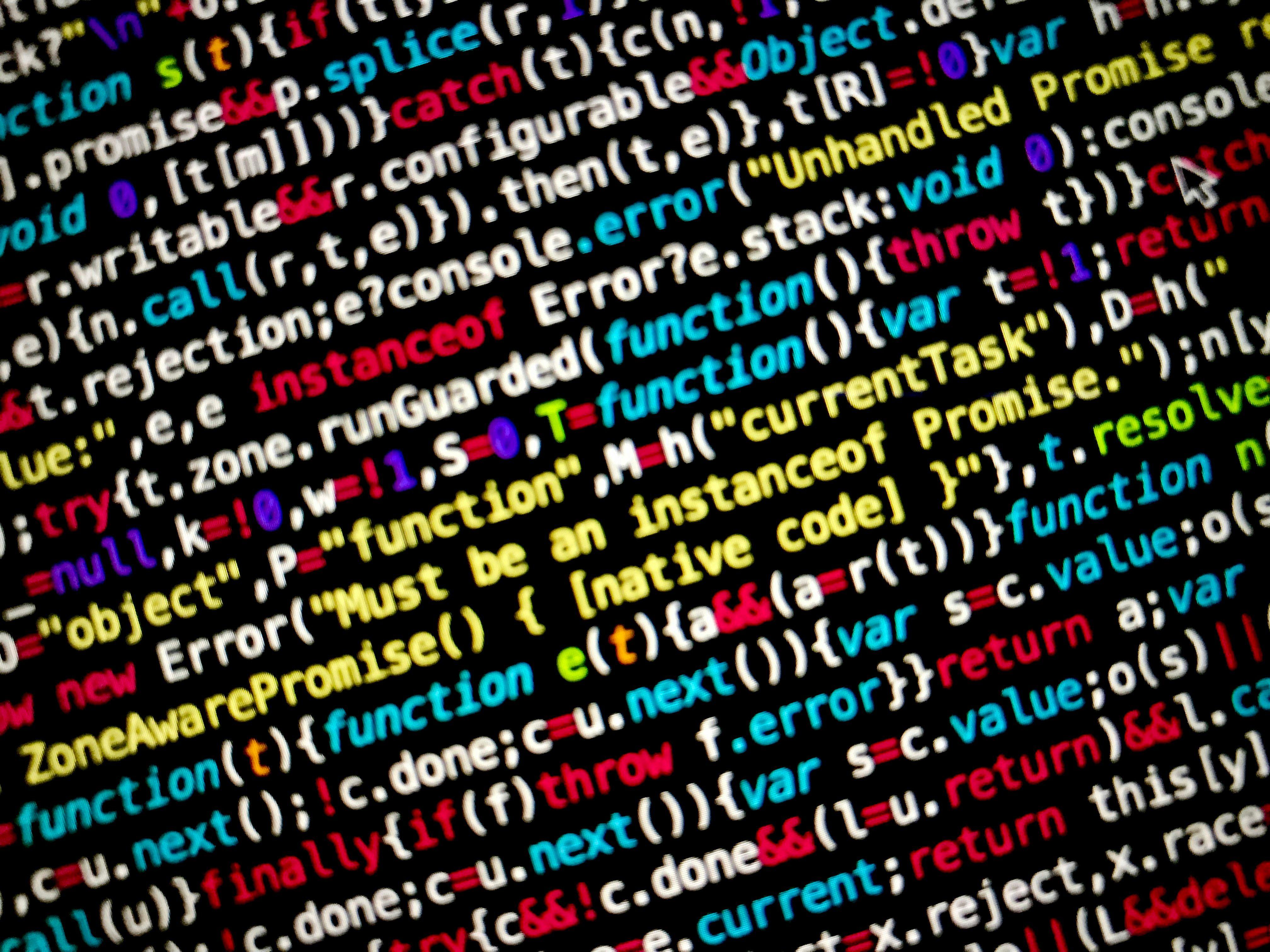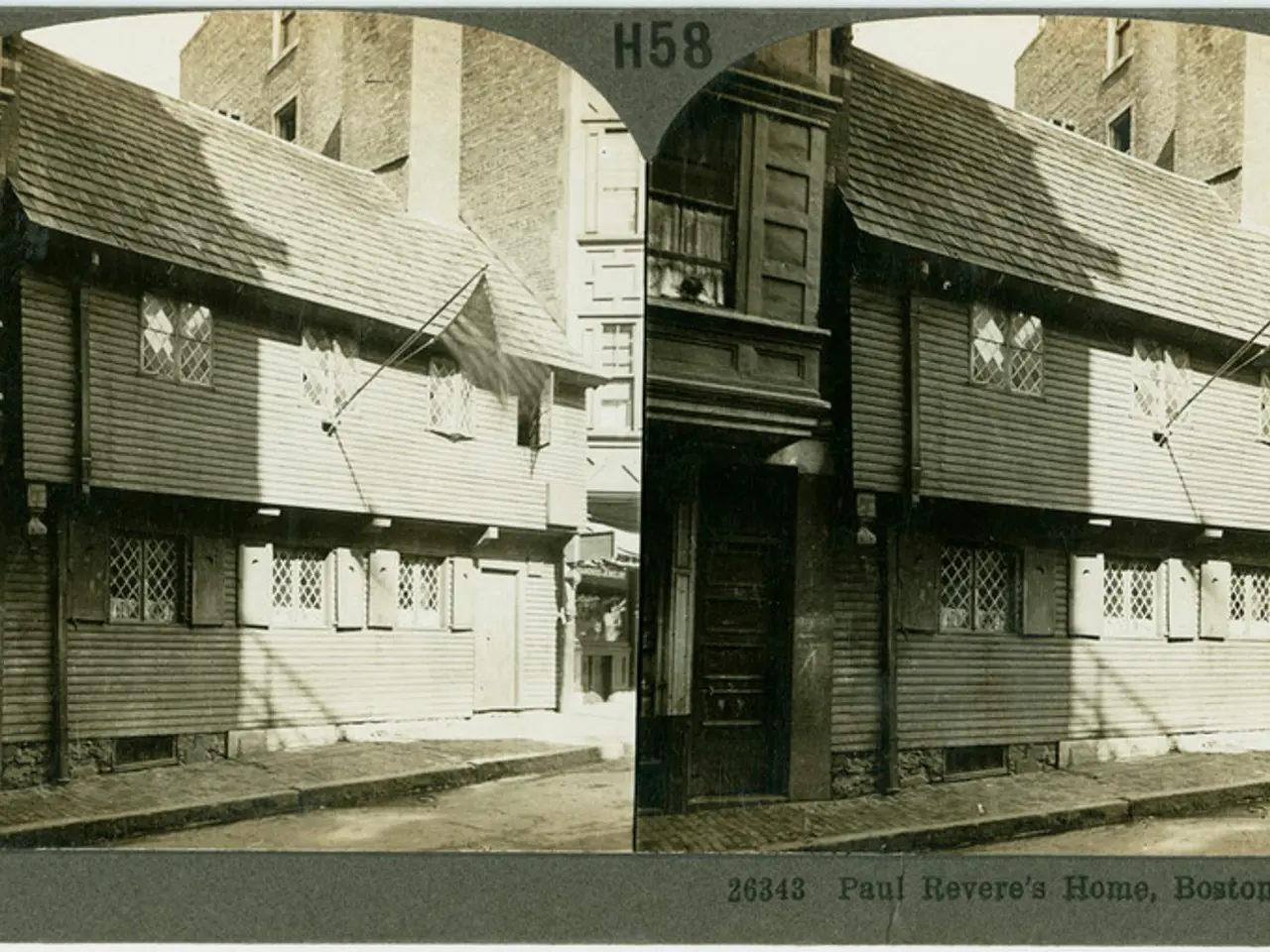Progress in Falsified Currency Identification: Ushering in a Secure New Age
Counterfeiting more than just a plot twist in classic noir films, this illicit activity poses a significant threat to our economy and the wellbeing of individuals. One memorable encounter that brought this issue into sharp focus occurred at a local café where my college roommate, unknowingly, accepted a counterfeit $20 bill. The manager's confrontation with him left an indelible impression-highlighting the pervasiveness of this issue, often hidden beneath the surface. This incident transcends mere exchanges of fake money; it underscores broader concerns related to trust, integrity, and the very foundations of our financial system.
Fueled by rapid technological advancements, we stand on the precipice of groundbreaking developments in counterfeit money detection. These innovations are not merely reactive; they offer proactive solutions designed to outmaneuver the increasingly sophisticated strategies employed by modern counterfeiters.
advances on the frontlines
At the vanguard of change is the burgeoning of artificial intelligence, which is set to revolutionize the war against counterfeiting. Picture systems capable of sifting through transactions in merely milliseconds, identifying anomalies by referencing a vast repository of legitimate currency attributes. The demonstration of an AI-powered software at a technology conference, for instance, which spotlighted microscopic features to detect counterfeit notes, left the audience abuzz with excitement about the future of financial security.
Accompanying AI is the progression of hardware solutions, such as advanced scanning systems utilizing multispectral imaging technology. These cutting-edge tools can pinpoint discrepancies that are invisible to the naked eye, signifying a momentous shift toward a more robust and holistic strategy for safeguarding financial transactions, effectively bridging the gap that counterfeiters have historically exploited.
real-world applications and success stories
Across the board, from large banks to small hometown retailers, organizations are reaping benefits by adopting these advanced detection technologies. Witness, for example, a group of restaurants investing in sophisticated cash management systems equipped with real-time counterfeit detection devices. Initially, there were doubts about the cost, but once they reported a sharp decline in losses from counterfeit bills, their initial expenditures were repaid many times over. This kind of investment has a ripple effect: as businesses save by warding off losses, they can reinvest in their operations or even redistribute those savings to customers.
- Improved detection accuracy
- Reduction in financial losses
- Enhanced customer confidence
This newfound sense of security fosters a stronger bond between retailers and their clients, making patrons feel more secure during transactions. In turn, if individuals trust their money is secure, our overall economy prospers through increased spending and heightened consumer confidence.
training and education: a crucial component
Training and education constitute a vital element in guarding against counterfeit currency. Regardless of technological advancements, their potency is diminished if those handling cash lack the knowledge to identify counterfeit notes. It's essential that employees-ranging from cashiers to corporate finance teams-receive thorough instruction on what to look for in counterfeit detection.
A workshop I led focusing on counterfeit detection at a local business remains indelibly etched in my memory. It became apparent that employees had minimal understanding of the characteristic features of genuine currency and were easily deceived by deceptively similar counterfeits. To maximize the effectiveness of technology in this field, business owners must nurture an awareness culture that reinforces these advancements.
the road ahead: community collaboration
As we move forward, it becomes increasingly evident that community awareness and collaboration are indispensable in the battle against counterfeiting. Financial institutions, law enforcement, and businesses must join forces, sharing insights and strategies to promote a culture of security and vigilance. Imagine a community where local businesses cooperate to educate one another on the latest counterfeiting risks. I've observed smaller towns effectively organizing workshops and seminars aimed at addressing this issue, instigating constructive dialogue that results in meaningful action.
The landscape of counterfeit money detection continues to evolve in ways we once considered unattainable, presenting obstacles and opportunities alike. With a forthright embrace of these innovations, the prospect of a world where trust in our financial systems becomes a tangible reality draws closer than ever imagined. To delve further into this subject, we recommend the following external resource. Click 'The following page' for a deeper dive.
Please find additional information in the prepared resources below:
- The following page
- related resource site
- The burgeoning of artificial intelligence will revolutionize the war against counterfeiting, offering proactive solutions for detecting fake currency.
- Advanced scanning systems, using multispectral imaging technology, are progressing as hardware solutions for establishing a robust and comprehensive strategy for safeguarding financial transactions.
- Organizations reap benefits by adopting these advanced detection technologies, as evidenced by a decline in losses from counterfeit bills in various businesses.
- Improved detection accuracy and reduction in financial losses enhance customer confidence, fostering a stronger bond between retailers and their clients.
- Thorough training and education for employees are crucial to ensure they can identify counterfeit notes, complementing the power of technology in this field.
- Community awareness and collaboration among financial institutions, law enforcement, and businesses are essential for promoting a culture of security and vigilance against counterfeiting.
- Smaller towns have effectively organized workshops and seminars, aimed at addressing the issue of counterfeit money, instigating constructive dialogue for meaningful action.





